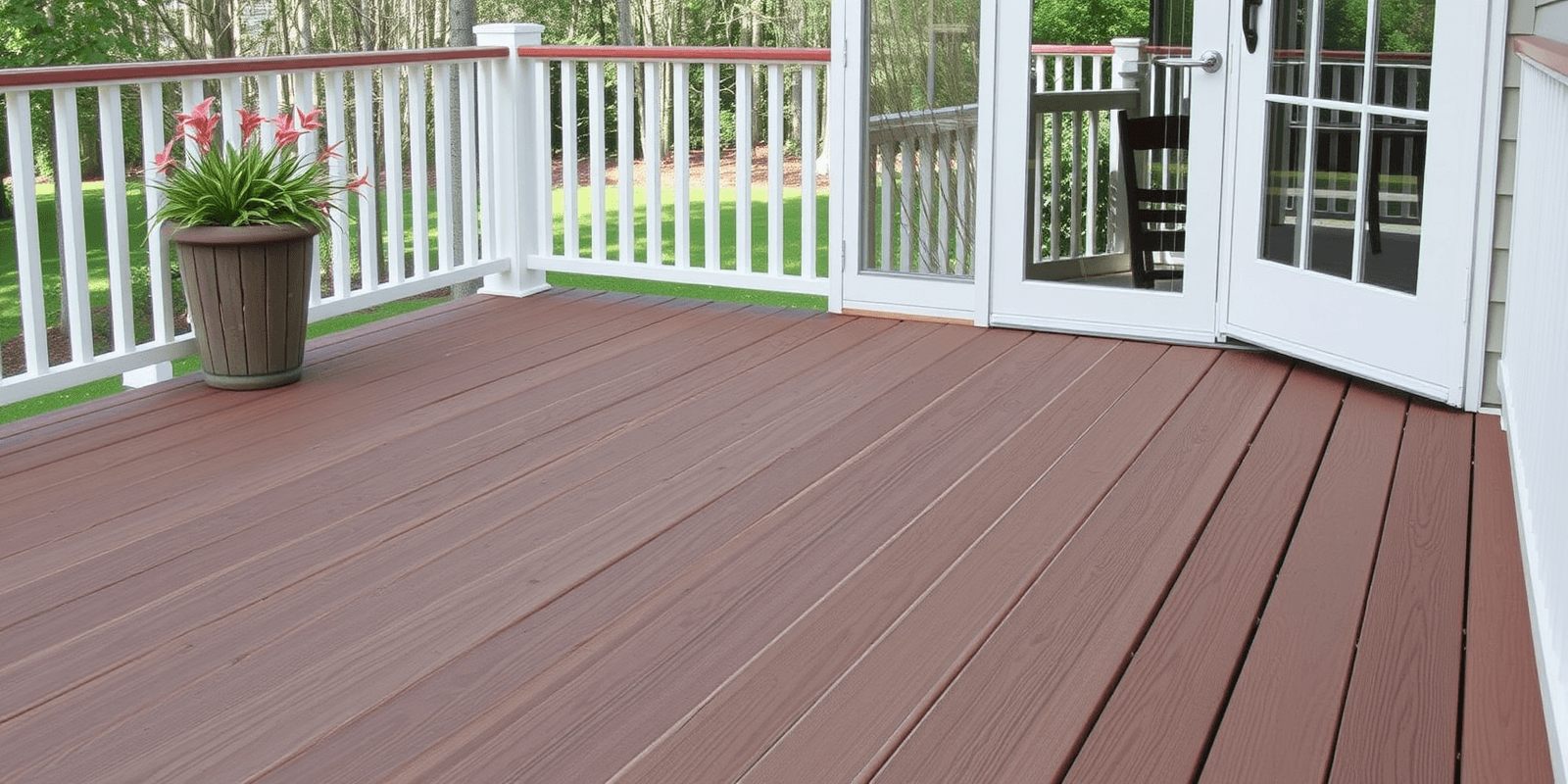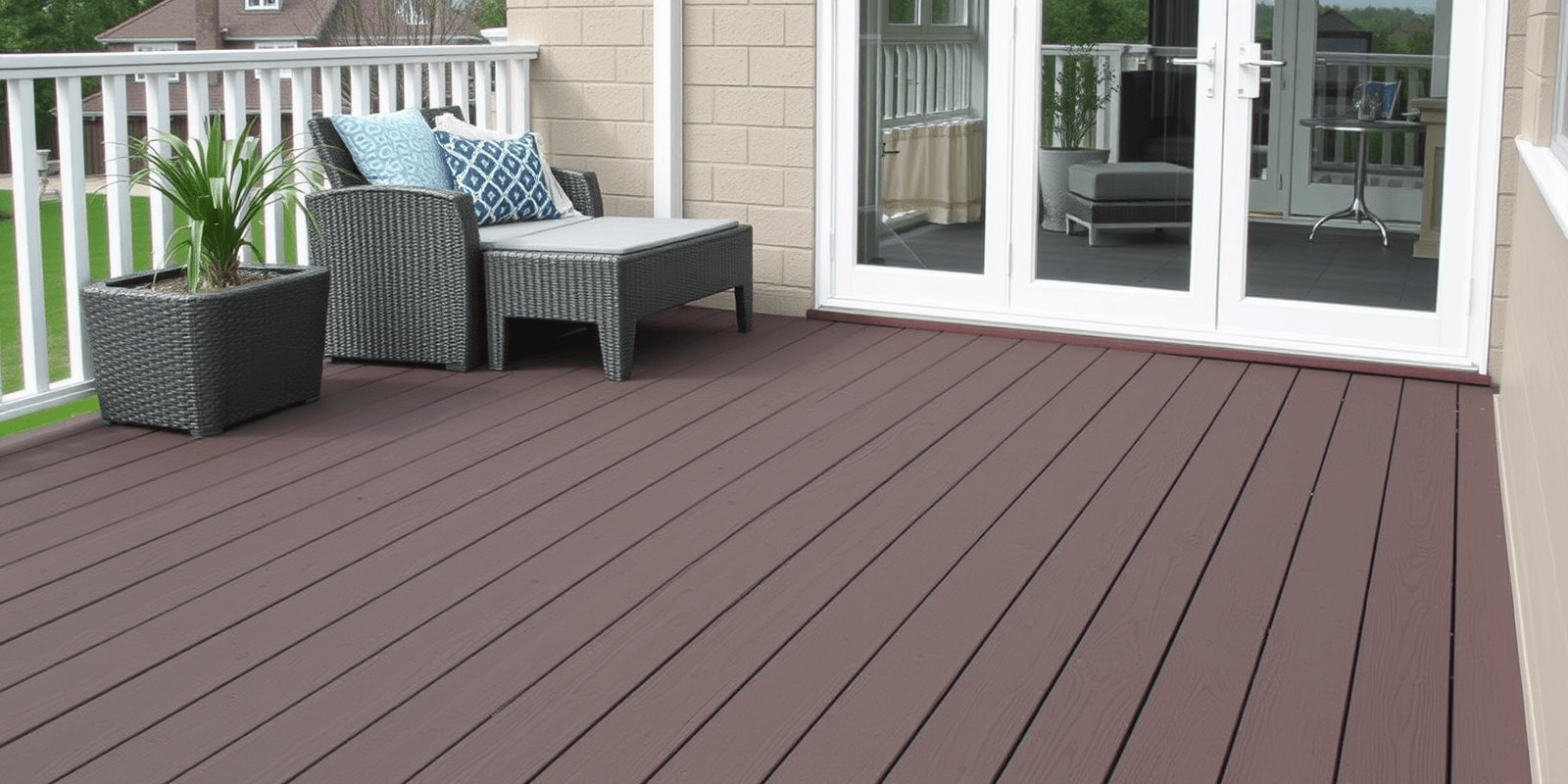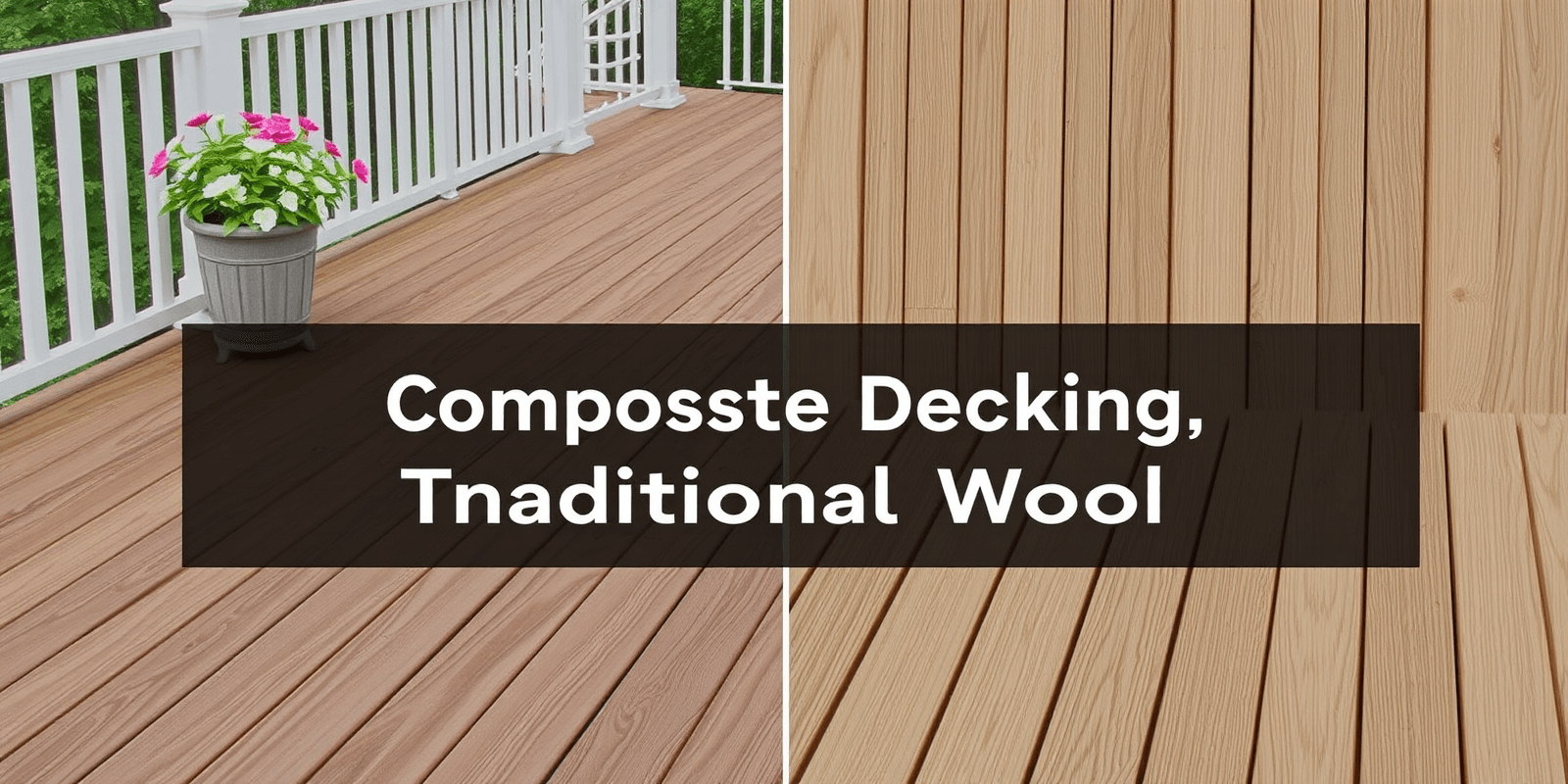“`html
The Longevity of Wood Composite Decking: Fact or Fiction?
Introduction
In recent years, wood composite decking has gained popularity as a durable and low-maintenance alternative to traditional wooden decks. However, the question remains: will wood composite decking really hold up over time? This article delves into the chemical composition, manufacturing process, and common concerns surrounding the longevity of these materials, supported by data from industry studies and customer testimonials.
Chemical Composition and Manufacturing Process
Wood composite decking is typically made from a combination of wood fibers and plastic (often recycled high-density polyethylene or HDPE). This blend creates a material that combines the natural aesthetic of wood with the durability and weather resistance of plastic. During the manufacturing process, these materials are mixed and extruded into planks that mimic the appearance of natural wood but offer enhanced longevity and reduced maintenance requirements.
Common Concerns and Misconceptions
Despite its advantages, wood composite decking is not without its critics. Some common concerns include:
- Color fading: Over time, the color of wood composite decking can fade due to UV exposure. However, many manufacturers now use advanced pigments and UV inhibitors to mitigate this issue.
- Scratches and marks: While less prone to scratches than traditional wood, wood composite decking can still show signs of wear. Proper cleaning and maintenance can help minimize this effect.
- Resistance to mold and mildew: One of the biggest selling points of wood composite decking is its resistance to mold and mildew. Unlike natural wood, which can easily succumb to fungal growth, wood composites are treated to resist moisture absorption and microbial growth.
Data and Customer Testimonials
According to a study conducted by the Composite Panel Association, wood composite decking has a lifespan of up to 25 years, significantly longer than traditional wood decking. Customer testimonials also highlight the durability and ease of maintenance associated with these materials. For instance, a homeowner in California reported that their wood composite deck remained in excellent condition after 15 years of use, requiring minimal upkeep.
Conclusion
While no material is entirely immune to wear and tear, wood composite decking offers a compelling case for longevity and low maintenance. By understanding its chemical composition, manufacturing process, and addressing common misconceptions, homeowners can make informed decisions about whether wood composite decking is right for their needs. With proper care, wood composite decking can indeed hold up over time, providing a beautiful and durable outdoor living space.
“`



